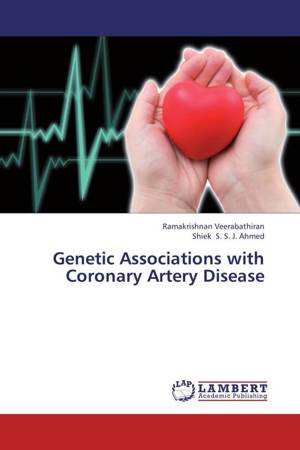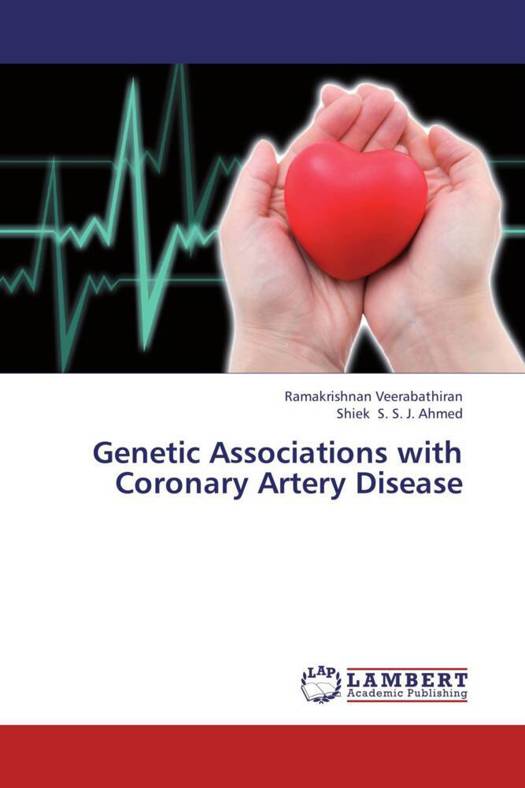
- Afhalen na 1 uur in een winkel met voorraad
- Gratis thuislevering in België vanaf € 30
- Ruim aanbod met 7 miljoen producten
- Afhalen na 1 uur in een winkel met voorraad
- Gratis thuislevering in België vanaf € 30
- Ruim aanbod met 7 miljoen producten
Zoeken
Genetic Associations with Coronary Artery Disease
Ramakrishnan Veerabathiran, Shiek S. S. J. Ahmed
Paperback | Engels
€ 91,45
+ 182 punten
Omschrijving
Coronary artery disease (CAD) is a narrowing of the small blood vessels that supply blood and oxygen to the heart. CAD is the most common form of heart disease in the Western world and is one of the leading causes of death in the United States. In addition to lifestyle and environmental factors which are major aetiologic determinants, there is considerable familial clustering of the disease indicating a genetic component in its causation. Although the total genetic contribution to CAD risk can be quantified, the determination of the size and number of contributing effects is impossible without identifying all CAD susceptibility genes. However, identifying clinically useful genetic markers for a complex disease like CAD has been challenging. Epidemiological evidence points to an approximate 50% genetic susceptibility to CAD. Many different genetic associations with CAD have been identified through family and population-based analysed, and genetic risk markers may be important for better defining individuals at risk for and cardiovascular events. In future advances in genomic research provide the valuable tools for understanding the genetic predisposition to coronary artery disease.
Specificaties
Betrokkenen
- Auteur(s):
- Uitgeverij:
Inhoud
- Aantal bladzijden:
- 180
- Taal:
- Engels
Eigenschappen
- Productcode (EAN):
- 9783659340604
- Verschijningsdatum:
- 5/02/2013
- Uitvoering:
- Paperback
- Afmetingen:
- 150 mm x 220 mm
- Gewicht:
- 272 g

Alleen bij Standaard Boekhandel
+ 182 punten op je klantenkaart van Standaard Boekhandel
Beoordelingen
We publiceren alleen reviews die voldoen aan de voorwaarden voor reviews. Bekijk onze voorwaarden voor reviews.








